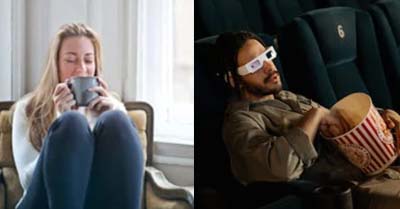Conjunctions “And,” “But,” “So,” and “Or” | (A-Level, Basic) Page 2
"But" — Showing a Contrast or Difference
We use the coordinating conjunction “but" to combine two sentences or ideas and express a contrast or difference between the ideas.
In the following example, Mila and Jack want different things:
Mila wants to stay home.
Jack wants to go to the movies.
You can combine the ideas and show the contrast by using “but.”
Mila wants to stay home, but Jack wants to go to the movies.

From Pexels
Examples using "but"
Mila wants to live in an apartment, but Jack prefers living in a house.
It’s cold in New York, but it’s warm in Miami.
I can read French, but I can’t speak it very well.
John needs to buy a new car, but he doesn’t have the money.
John works hard, but he doesn’t make a lot of money.
Do not forget the video.
The video for this lesson will help you understand what you are learning here. (Video opens in a new tab.)
Up Next: "So" — Showing a Logical Conclusion or Effect
Continue the lesson to learn about the coordinating conjunction “but.”